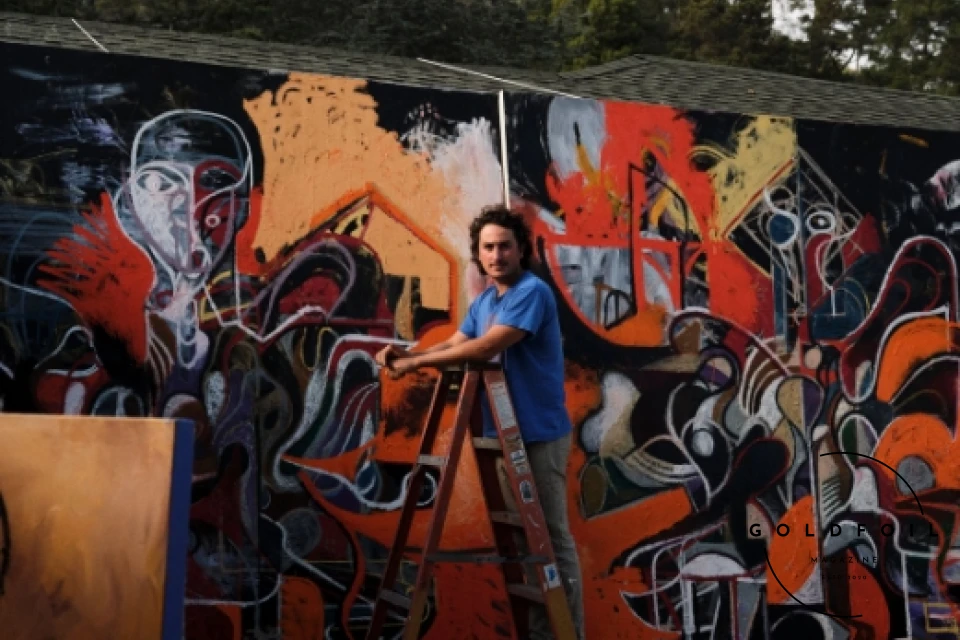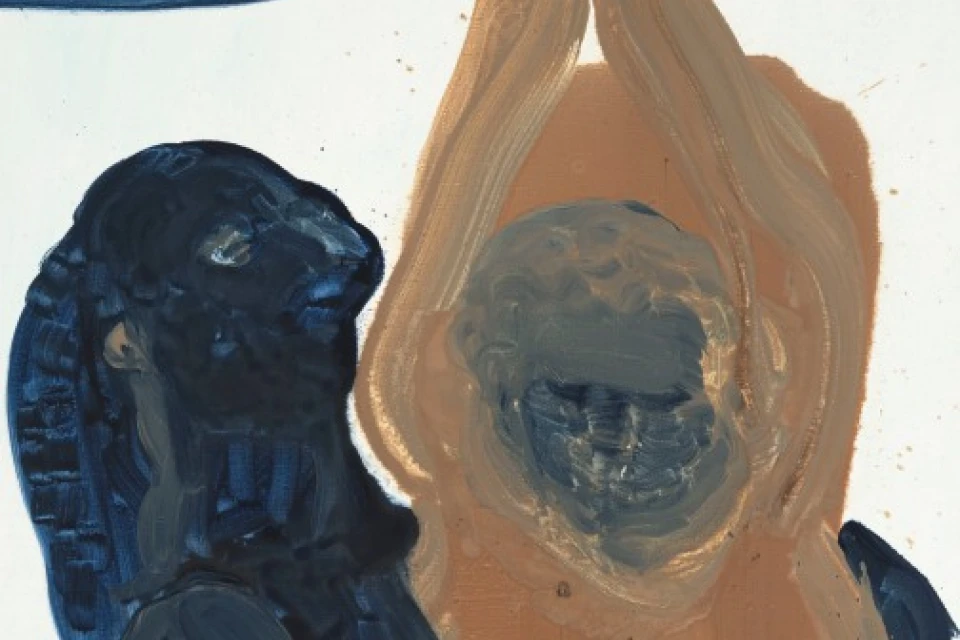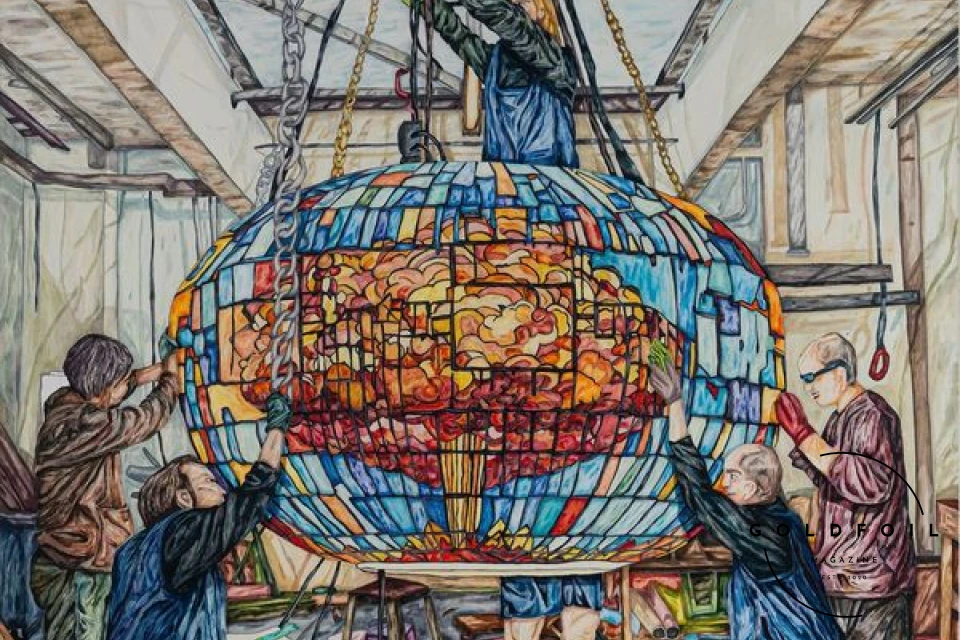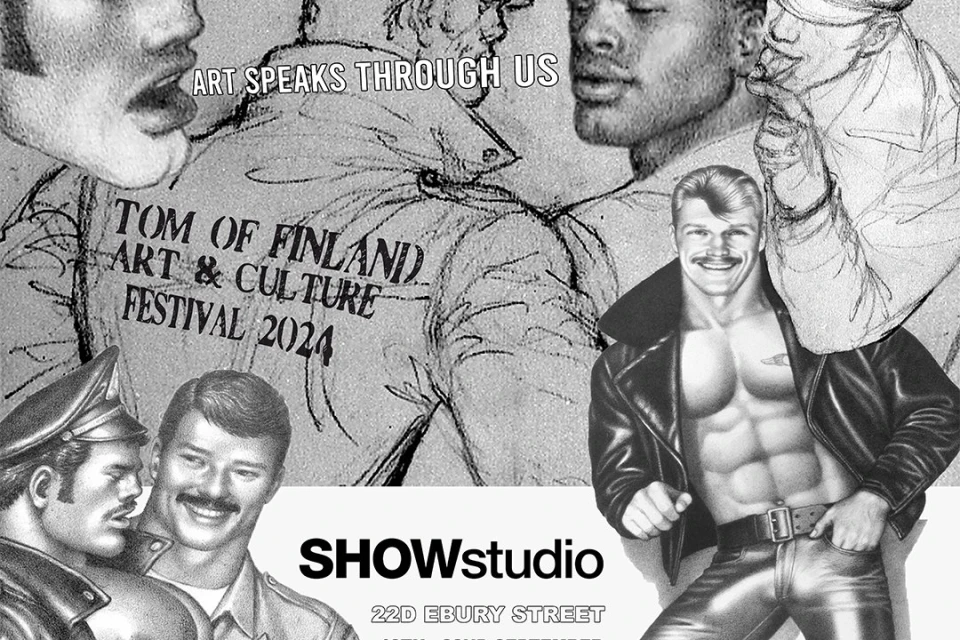
Nick Knight’s SHOWstudio Gallery and the Tom of Finland Foundation are inviting visitors to explore SHADOW-BAN , an exhibition running from September 19 to November 15, 2024 , at SHOWstudio’s Belgravia location, 22D Ebury Street, London SW1W 0LU . The exhibition focuses on the relationship between artistic expression and censorship, offering an interesting look at art that challenges societal norms and the restrictions imposed by mainstream platforms. Featuring a mix of existing and new works, SHADOW-BAN presents a unique opportunity for those curious about how art and censorship intersect in today’s digital age. A key theme of the exhibition is shadow-banning—the subtle suppression of content deemed politically or sexually explicit by social media algorithms. The show brings together paintings, sculptures, films, and live performances by artists including Peter Saville, George Rouy, and Dinos Chapman, all of whom explore this form of censorship. Visitors are invited to consider how these works push against the limits of acceptability, encouraging thoughtful reflection on the boundaries of obscenity and visibility in modern culture. Running alongside the annual Tom of Finland Arts & Culture Festival , SHADOW-BAN also includes pieces by 15 queer erotic artists from the Tom of Finland Foundation’s network. These works delve into the role of sexuality in art, offering perspectives that go beyond conventional limits. For those interested in exploring new ideas around art and identity, this exhibition provides an engaging space to experience works that highlight the importance of freedom in creative expression. SHOWstudio’s gallery in Belgravia offers a fitting setting for this thoughtful exhibition. Its intimate space allows for close interaction with the artworks, making it an ideal venue to experience the themes presented in SHADOW-BAN . Visitors are encouraged to book tickets in advance through the SHOWstudio website to ensure their spot at the exhibition, which offers a variety of time slots for flexible viewing throughout its run. If you’re curious about how art challenges censorship and reflects contemporary issues, SHADOW-BAN is a great opportunity to engage with a range of interesting and thought-provoking works. Plan your visit today and join the conversation around art, visibility, and the impact of societal pressures on creative expression.
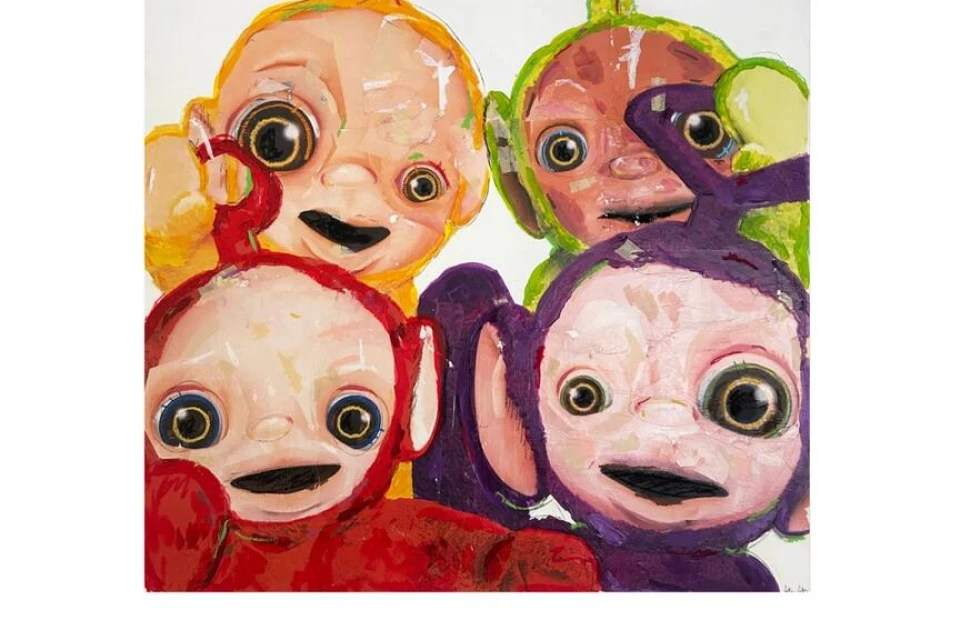
![Compton Verney's upcoming exhibition, The Reflected Self, set to open on [correct date], offers an in-depth exploration of portrait miniatures from the Tudor period through the Victorian era. This unique showcase reveals the specialized materials and techniques used in creating these intimate artworks, such as animal teeth and clam shells, and examines their historical significance in capturing fashion, identity, and personal milestones. The exhibition features iconic works, including Samuel Cooper’s portrait of Oliver Cromwell, and includes contemporary interpretations by artists like Bettina von Zwehl and Volker Hermes. By connecting the evolution of portrait miniatures to today’s selfie culture, The Reflected Self provides a comprehensive look at how these intricate portraits continue to influence and inspire modern visual expression. For more details and high-resolution images, visit Compton Verney’s official website. Compton Verney's upcoming exhibition, The Reflected Self, set to open on [correct date], offers an in-depth exploration of portrait miniatures from the Tudor period through the Victorian era. This unique showcase reveals the specialized materials and techniques used in creating these intimate artworks, such as animal teeth and clam shells, and examines their historical significance in capturing fashion, identity, and personal milestones. The exhibition features iconic works, including Samuel Cooper’s portrait of Oliver Cromwell, and includes contemporary interpretations by artists like Bettina von Zwehl and Volker Hermes. By connecting the evolution of portrait miniatures to today’s selfie culture, The Reflected Self provides a comprehensive look at how these intricate portraits continue to influence and inspire modern visual expression. For more details and high-resolution images, visit Compton Verney’s official website.](/img/http/aHR0cHM6Ly9hc3NldHMuZ29sZGZvaWxpbWFnZXMueHl6LzIwMjQvMDkvcG9ydHJhaXQtbWluaWF0dXJlcy9zY3JlZW5zaG90XzktOS0yMDI0XzIxMTM0X3d3dy5kcm9wYm94LmNvbS5qcGVn/screenshot_9-9-2024_21134_www.dropbox.com.jpeg?w=960&h=640&fit=crop-72-27-1&fm=webp&mark=%2Fassets%2Fglobal%2Fdark-watermark.png&markw=20w&markpad=20&s=abfce93f238ebab1ced987dfc8f9a541)
